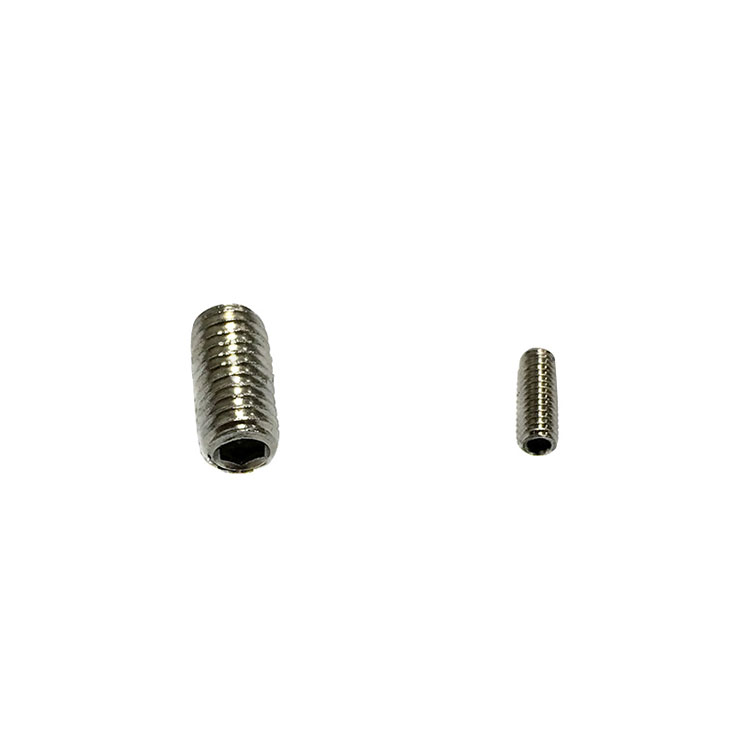The difference between coarse and fine threads of hexagon screws
2025-02-13
When customers want to buy hexagon screws, they sometimes mention that they need to buy fine threads. So, what is the difference between fine threads and coarse threads? Today, Ningbo Gangtong Zheli Fasteners Co., Ltd. will give you a detailed introduction.
The difference between coarse threads and fine threads: the pitch size is different, the coarse thread pitch is large, and the fine thread pitch is small;
1. The helix angle of fine threads is smaller, which is more conducive to the self-locking of threads, so fine threads are generally used in places where loosening is required.
2. The fine thread has a small pitch. On the same thread length, the number of threads screwed in is more, which can reduce fluid leakage, so it is used in places where sealing is required.
3. The coarse thread has fewer threads of the same length, and the cross-sectional size of each thread is larger, with better force, which is more suitable for bearing larger tension and impact.
4. The fine thread should also have the advantage of small pitch and can play a role in fine-tuning.
Coarse-pitch bolt threads have stronger fatigue resistance and are more convenient for frequent disassembly and assembly; fine-pitch bolt threads have stronger self-locking ability, larger bottom diameter, and stronger static load capacity. In addition, the tightening torque of fine-pitch bolts is smaller. The steel grade has a certain relationship with the preload capacity. When the preload force is the same, the fine-pitch bolt threads are smaller.
In general, coarse-pitch bolt threads are used. When the structure is affected, such as when the connection strength is large and the connection size is small, fine-pitch bolt threads are used.
The self-locking property of fine-pitch bolt threads is higher than that of coarse-pitch bolt threads, and the preload force is also larger. The temperature is higher and the vibration is larger. Fine-pitch bolt threads can be used for more important parts, but it cannot be generalized. It can be selected according to the actual situation.
In practice, try to reduce fine-pitch bolt threads as much as possible, and the bolt diameter can be appropriately increased. The main reason is the problem of tolerance.
Fine-pitch bolts are used when the force is large, but when operating fine-pitch bolts, burrs in the buckle must be removed, otherwise it is very easy to bite and inconvenient to install.
It depends on the place of use. Some places with low requirements should try to use coarse-pitch bolts because of their low processing accuracy.

The places where fine-pitch bolts are generally used are:
1. Where preload is required, because fine thread has higher self-locking property than coarse thread, the preload is also larger.
2. Where high precision is required, such as threads on seals.
3. Where the design is limited, such as where a compact structure is required.
4. When used as a tooling design transmission part, fine thread can be used when a precision transmission shaft has sealing requirements.


